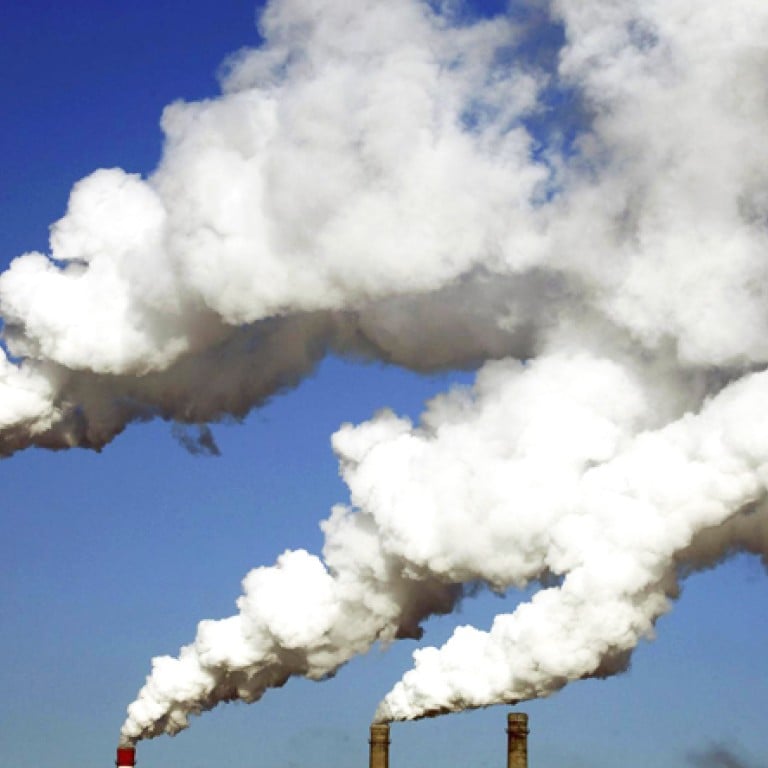
Pollution at some mainland industrial plants 10 times safe limit, study finds
Mainland study praises rising transparency but says emergency measures are flouted
Industrial plants in some of the most polluted mainland provinces have been emitting toxins at levels at up to 10 times national or local standards, a new study claims.
Ma Jun, director of the Beijing-based Institute of Public and Environmental Affairs, who led the study, praised some local governments, including those in Hebei , Shandong , Zhejiang and Beijing, for releasing real-time emission data.
But the study says efforts to clean up the environment have a long way to go, as many industrial facilities - including coal-fired power plants, iron and steel mills and cement factories - have been discharging pollutants at up to 10 times the safe limit.
The study says more than 60 per cent of industrial plants in Dongying , a coastal city in Shandong with a booming petrochemical industry, breached emission standards for nitrogen oxide from October to mid-November. Even short-term exposure to the toxin - from burning fossil fuels - could irritate respiratory systems, it said.
Ma said emissions from some violators remained "alarmingly high" even on days when local governments implemented emergency response measures to tackle smog.
Most of these provinces have vowed to slash production on heavily polluted days, but the study findings show these measures have not been properly implemented.
For example, an aluminium smelter in Liaocheng , Shandong, continued to emit nitrogen oxide at 8.6 times the national standard even after air pollution had reached hazardous levels.
Emissions from many Zhejiang factories also breached the limits when the Pearl River Delta was shrouded in unprecedented smog last month.
"Even so, local governments should get credit for their progress in publishing pollution data," Ma said. "Release of real-time pollution figures on such a large scale is uncommon even in developed countries."
Despite the progress in transparency, Professor Song Guojun , of the Beijing-based Renmin University, said air pollution data collected by local monitoring stations was still not complete or accurate, meaning the actual pollution levels could be even worse than reported.
Shandong authorities said they had adopted more stringent standards for power plants and steel factories than those set out in the national timetable.

